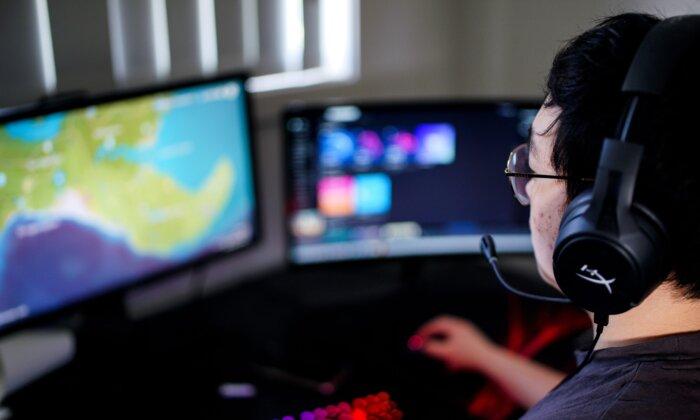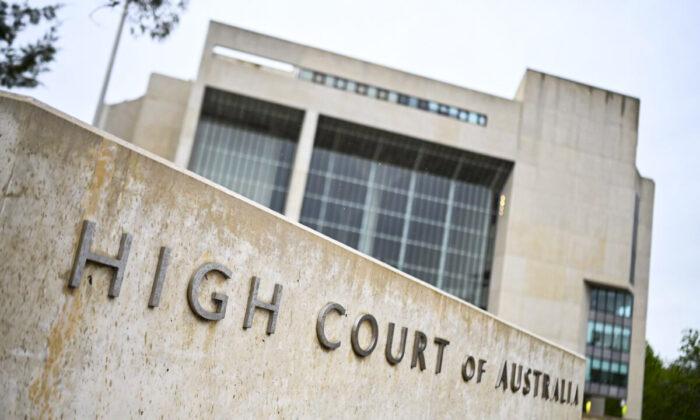New research has shown a connection between Australian students’ poor digital skills and their high engagement rates in online entertainment and social media.
The Australia Curriculum, Assessment and Reporting Authority (ACARA) has released a report detailing the results of the first national assessment of students’ ICT (information and communication technology) literacy following the COVID-19 pandemic.
While there were slight differences between Year 6 students’ latest performance and the previous assessments, Year 10 students saw a considerable drop in ICT skills.
“It is, however, concerning to see a drop in ICT literacy amongst Year 10 students, which was more pronounced in certain states.”
ICT Literacy Results
According to the report (pdf), 55 percent of Year 6 students passed the ICT assessment, up from 53 percent in 2017.This result was not significantly different from previous tests, except for 2011, where 62 percent of the students attained the proficient standard.
Similarly, the average scale score of Year 6 students in 2022 (414) was very close to the average in any other cycle, including 2017 (410).

Meanwhile, more than half of Year 10 students (54 percent) failed the latest ICT assessment, up from 46 percent in 2017 and significantly higher than previous years’ results.
The average scale score of Year 10 students in 2022 (503) was also well below the averages in 2017 (523), 2011 (559), 2008 (560), and 2005 (551).
Among the jurisdictions, the Australian Capital Territory had the highest rate of Year 10 students passing the ICT literacy test (56 percent), while Tasmania had the lowest pass rate (31 percent).
Female students had higher ICT literacy achievements than male students in both Year 6 and Year 10, while Indigenous students fell far behind their non-Indigenous peers, with a difference of around 30 percentage points.
High Rates of Online Entertainment Use Among Students
While most students said they rarely used entertainment applications (apps) at school, the picture was completely different outside of school.Around 78 percent of Year 10 students and 73 percent of Year 6 students reported frequently watching online videos when they were not at school.
Less than half of Year 10 students (46 percent) frequently play video games, while the figure for Year 6 students was 56 percent.
Listening to music was also popular among students, with 63 percent of Year 6 pupils and 83 percent of Year 10 pupils using music apps.
As students grow older, they start to use social media as well as chat and messaging apps more frequently.
Specifically, 85 percent of Year 10 students said they often used messaging apps outside of school, compared to 65 percent of Year 6 students.
While half of the Year 10 students used emails at home to communicate with their peers, only a quarter of Year 6 students did so.
It is also worth noting that almost half of the Year 10 students (49 percent) created and shared content with others on social media platforms such as Facebook, X, and Instagram.
Meanwhile, the high rates of entertainment and social media usage among students have raised concerns among education experts and authorities.







